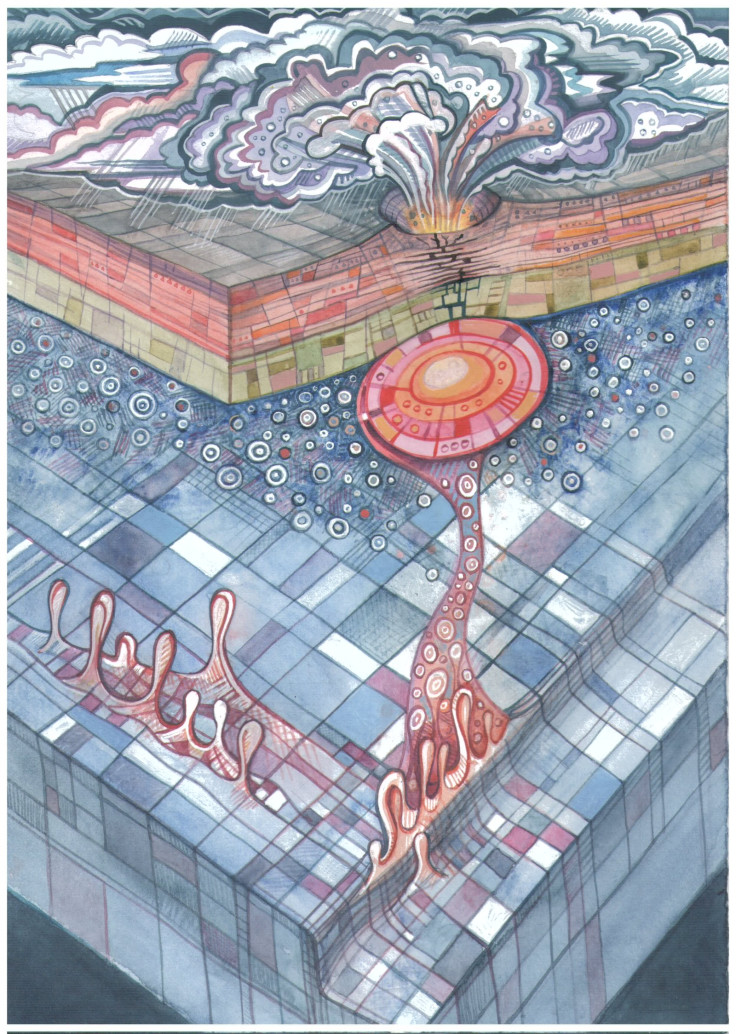When will Lake Toba supervolcano erupt again?
Massive magma reservoir is growing beneath the Toba caldera - but we are safe for thousands of years
A massive eruption at Lake Toba supervolcano will occur again, but it is unlikely to happen for thousands of years, scientists have said. A model has shown how a large magma reservoir is growing beneath the Toba caldera. While it appears quiet, the volcano's "magma-generating engine continues to be active", they said.
Toba is a supervolcano that sits towards the north of the Indonesian island of Sumatra. It last erupted 74,000 years ago - producing one of the biggest volcanic eruptions in Earth's history. This event is thought to have produced a volcanic winter that lasted up to a decade, as well as a period of global cooling. If and when it will erupt again is not well understood, however.
In a study published in Nature, an international team of scientists created a model showing how magma collects under the caldera – the crater where Lake Toba is located. Researchers used seismic data to track Toba's plumbing system and their findings showed a complicated arrangement, with magma moving up through different levels.
The team tracked the magma down to a depth of 150km. At this level, huge amounts of atmospheric chemical elements, known as volatiles, are generated at the subducting plates.

These then move up and melt, accumulating at the base of the crust and creating a magma reservoir of around 50,000km3, at a depth of around 75km. This process then repeats to form a shallow crustal reservoir. And it is this reservoir that is "directly responsible for the supereruptions," the team wrote.
This system is similar to that which is found at the Yellowstone supevolcano in the US. Researchers say this suggests vast dense magma reservoirs under the Earth's crust is a key mechanism in the cycles of supereruptions – specifically why there are such long periods between them.

Looking at Toba and when it might erupt again, the scientists say another large scale explosive eruption will likely take place, but there is no need to panic just yet. "It is probable that, in the long term, large eruptions will occur repeatedly until the Investigator Fracture Zone, which is the major source of the supervolcanism, subducts beneath Toba," they wrote.
"The time that has currently passed since the last supereruption (74,000 years) is too short in comparison with the periodicity of large volcanic events at Toba. The critical mass of the molten magmas and volatiles in the upper crust has most likely not yet been achieved and the next supereruption may be expected only in some dozens of thousands or hundreds of thousands of years."
Concluding, they added: "The results of our tomographic model presented in this study suggest that the Toba magma-generating engine continues to be active at present and, despite its current period of inactivity, this volcano system may generate strong eruptions in the future."
© Copyright IBTimes 2025. All rights reserved.





















